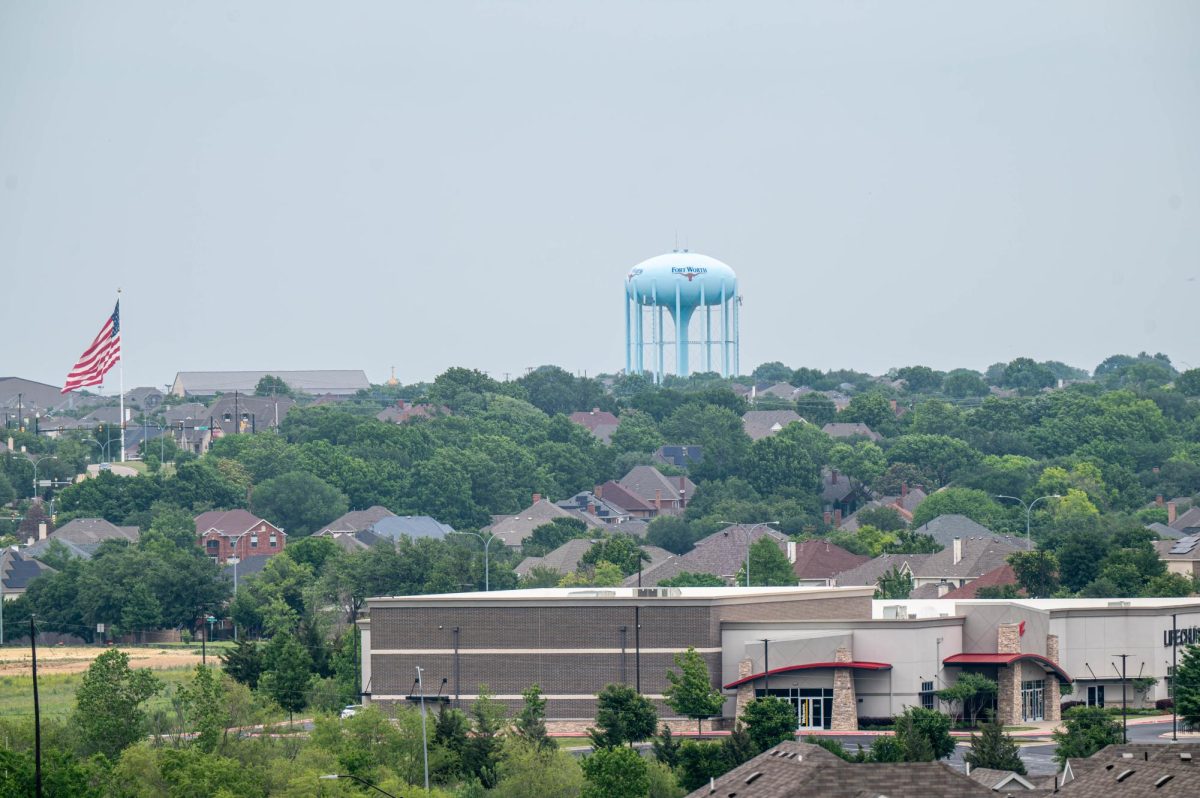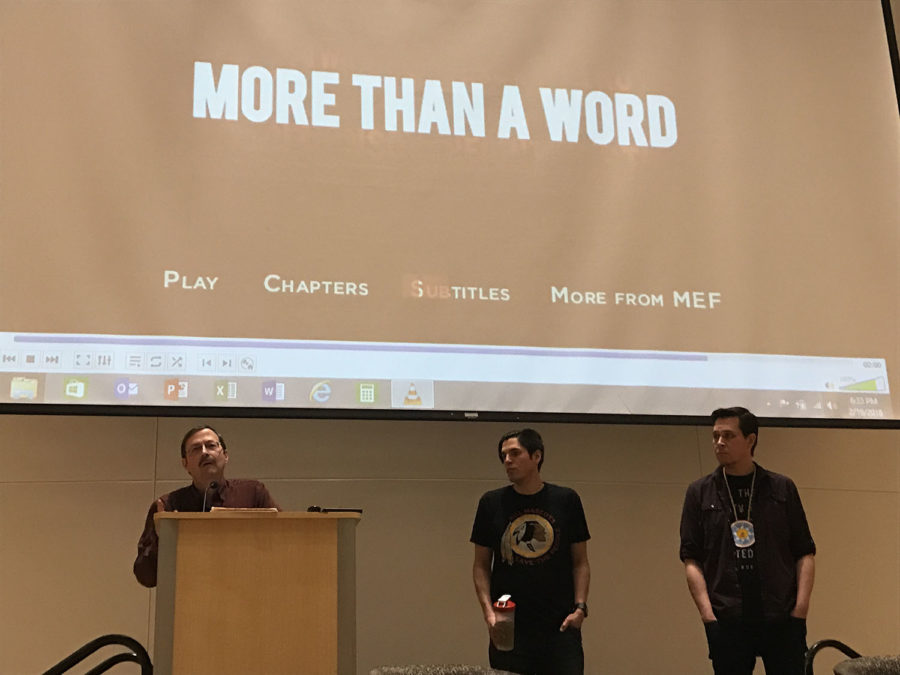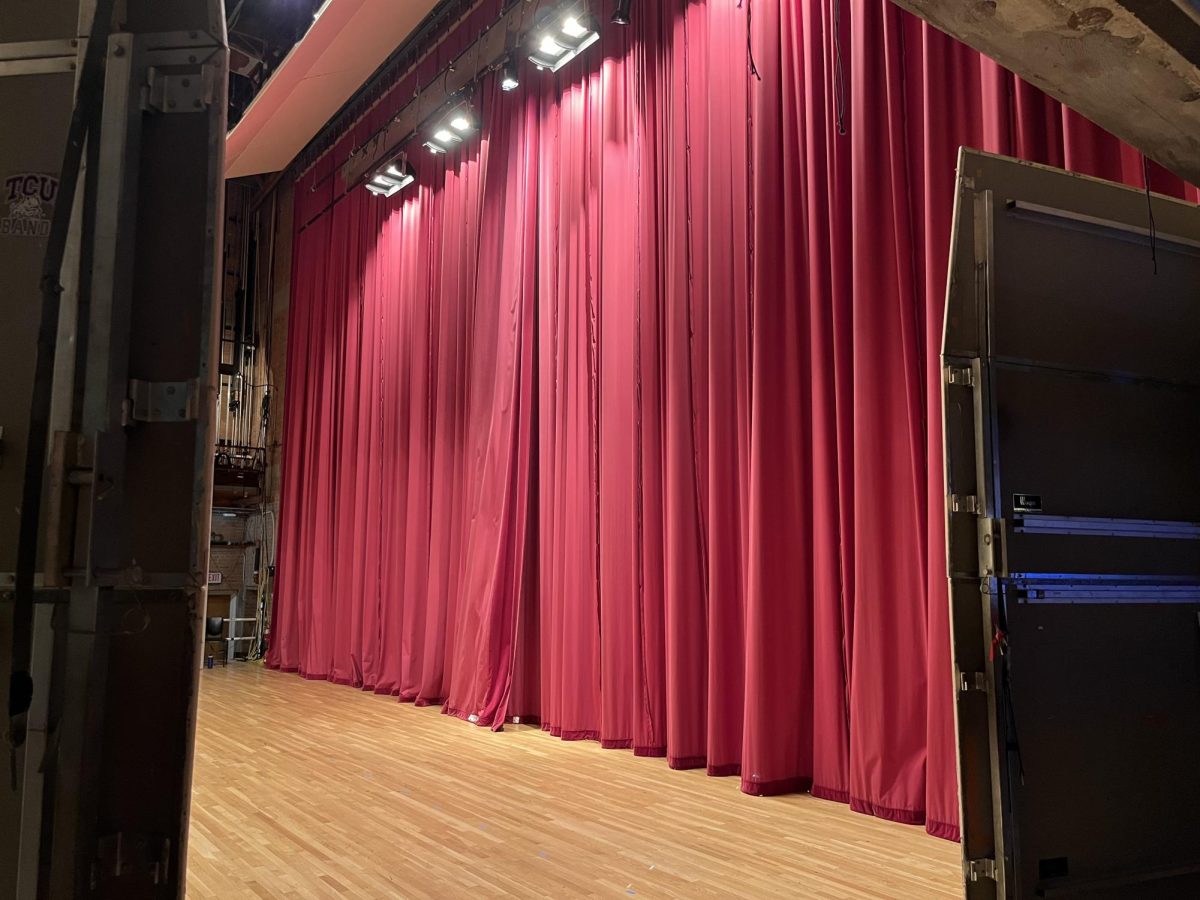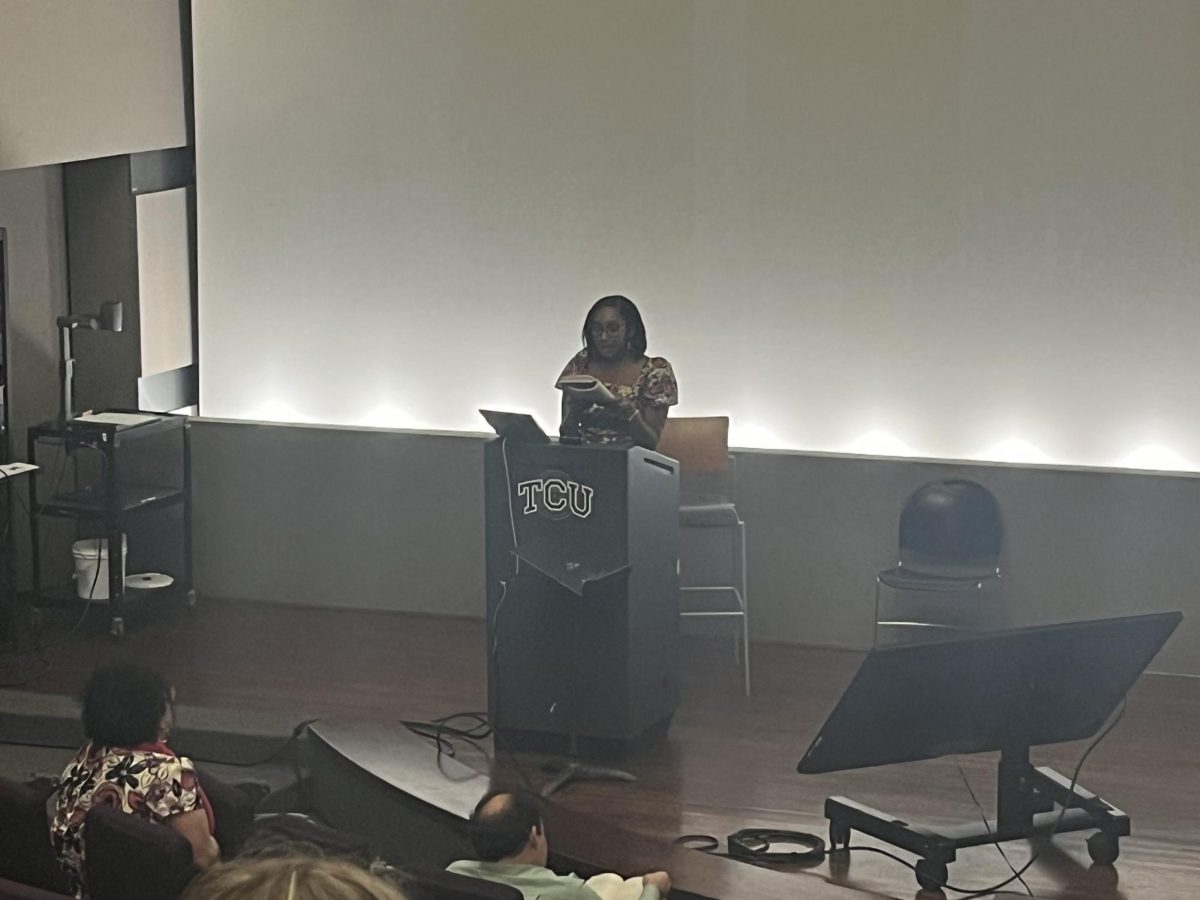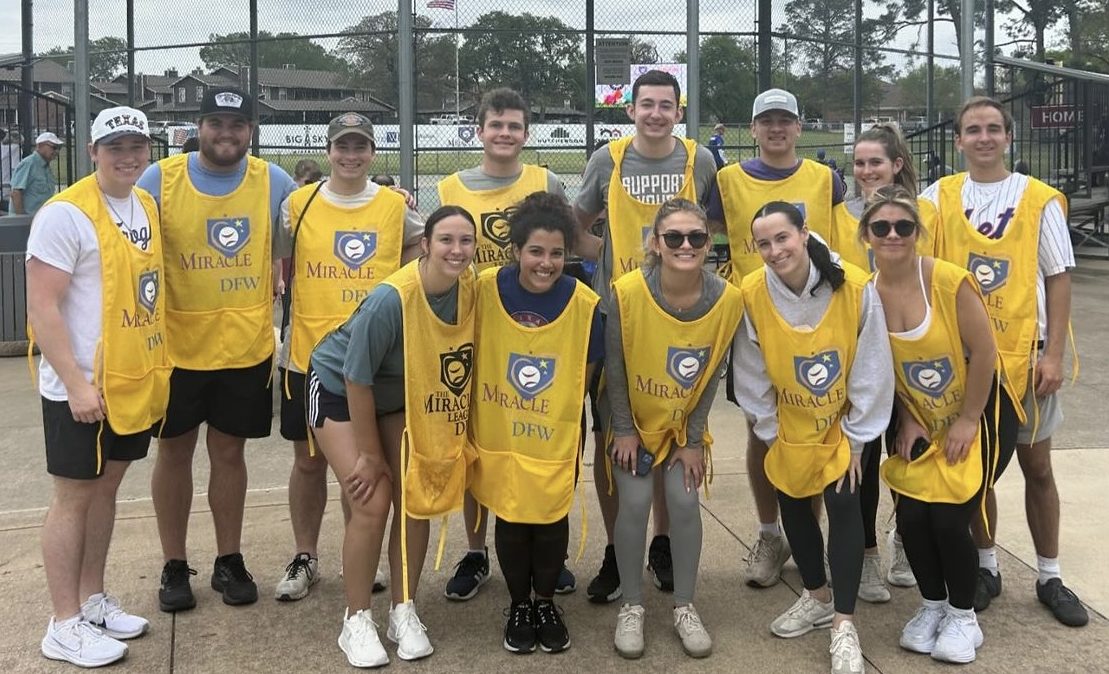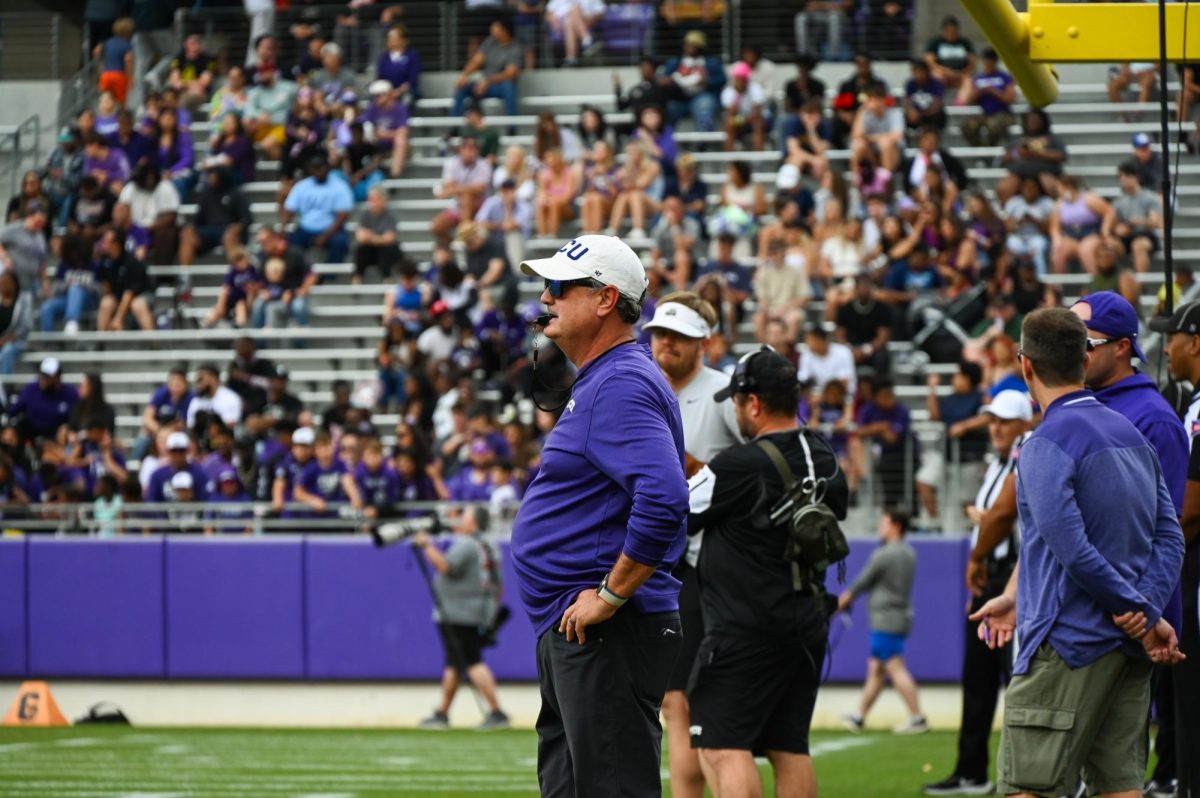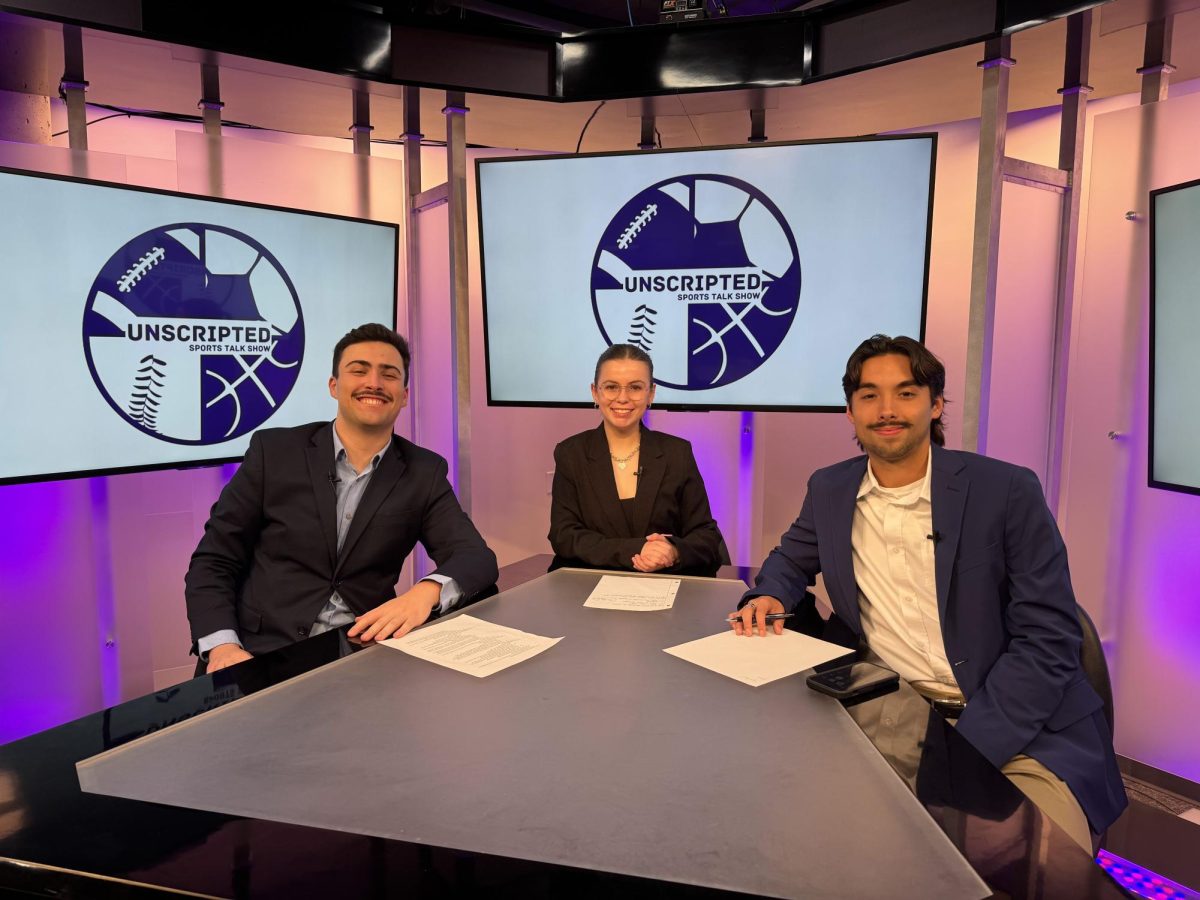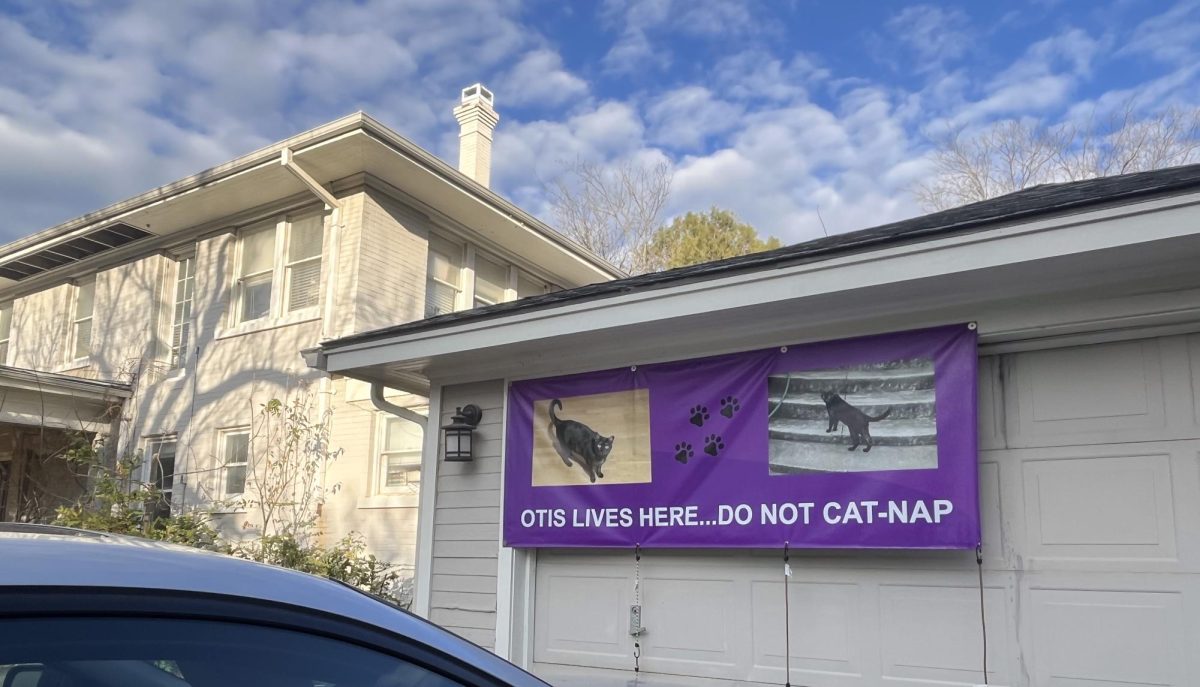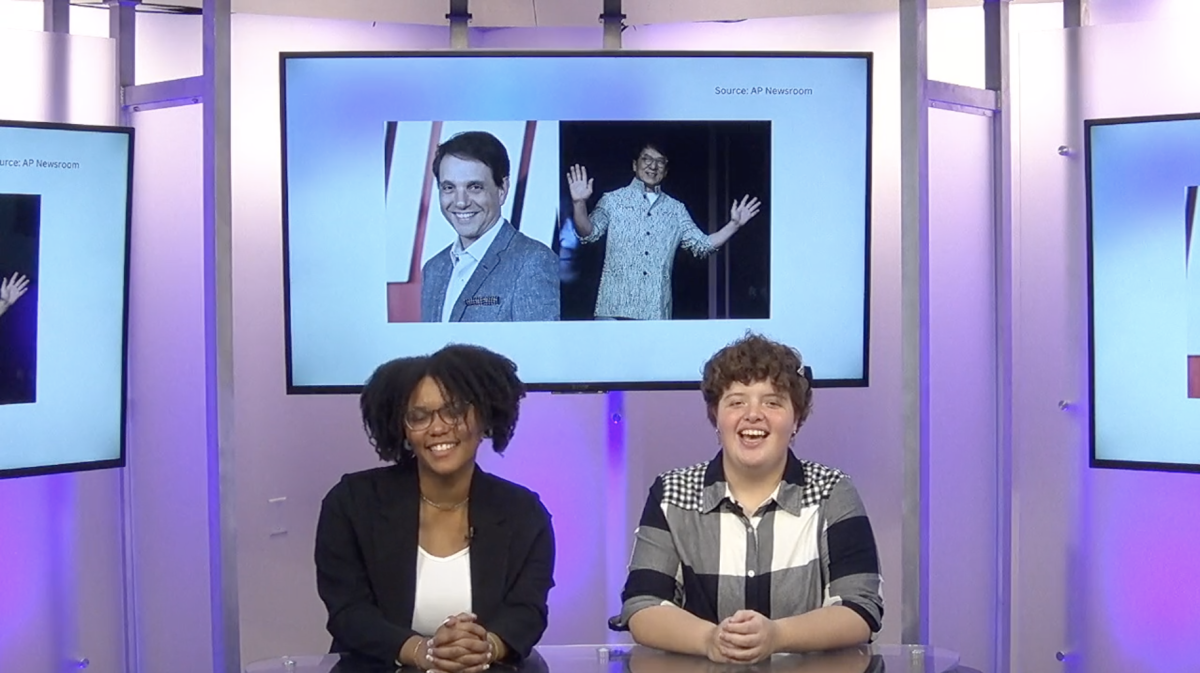The filmmakers of “More Than a Word” once dreamed of playing hockey for North Dakota University.
John Little, a member of the Standing Rock Sioux tribe, said he was an avid fan until his mother took him to a game.
“I realized there was a problem when I heard fans yell ‘Kill the Indians,'” he said.
Little and his brother, Kenneth, came to TCU recently for a screening of their movie and discuss the ongoing debate of using indigenous people as mascots.
North Dakota’s mascot from 1930 to 2012, was the Fighting Sioux. It was changed to the Fighting Hawks after a referendum. “More Than a Word” highlights the 2005 debate between the university and the NCAA. The state Board of Higher Education and the state legislature became involved and the question was put to voters.

The film also focuses on the debate about NFL team the Washington Redskins. The brothers said “the R-word,” dates back to genocides of Native Americans in the 1400s when they were skinned.
“We wanted to create something that would continue the conversation,” Kenneth said of the movie.
They discussed the history of the NFL team, which started as the Boston Braves. Owner George Marshall changed the name to the Boston Redskins when the team moved to Fenway Park.
In a 1933 interview with the Associated Press, Marshall said he changed the name to avoid confusion with Boston’s baseball team, then known as the Braves.
He said his decision was not tied to the fact that there were Native Americans on the team.
“The fact that we have in our head coach, Lone Star Dietz, an Indian, together with several Indian players, has not, as may be suspected, inspired me to select the name Redskins,” Marshall said.
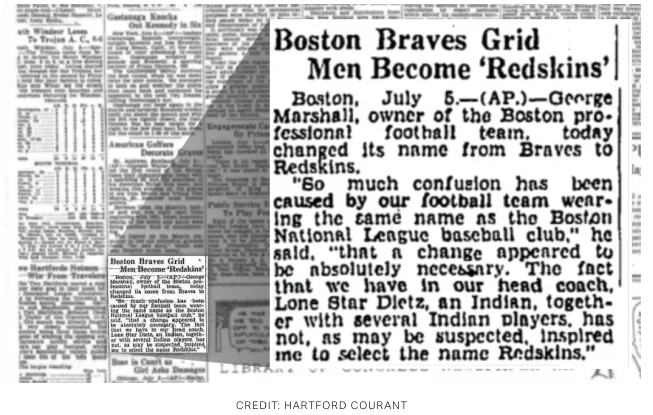
The 1898 1st edition of Merriam-Webster’s, the Collegiate, defines “redskin” as “A North American Indian; ––often contemptuous.” Over time the definition has evolved but as of 2003 the 11th edition defines it as “usually offensive.”
Redskins fans interviewed in the film said the team name is not meant to be offensive and the possible name change is only being debated because society wants to be more “politically correct.”
Sophomore business major Gabe Lemon agreed: “Native Americans should be grateful that they are being honored.”
Sophomore business major Michael Lloyd said he viewed the mascot as a homage to the team’s fight in each game.
“I am against change in general, the mascot is iconic and shows power,” Lloyd said. “The Redskin is another image as a warrior as what represents the team’s grit and strength.”
Others said the bravery of Native Americans had nothing to do with sport.
They faced rampant racism so they handled those situations as moments of honor, said Diana Parton, a citizen of the Cato nation and a descendant of the Yuchi nation who attended the screening.
“They are survivors of the war and we are not,” Parton said.
The film took the audience through a time when the Washington team had a group of Native Americans attend a halftime show in honor of their culture. Many argued that if Native Americans don’t like the mascot then they should not attend these events.
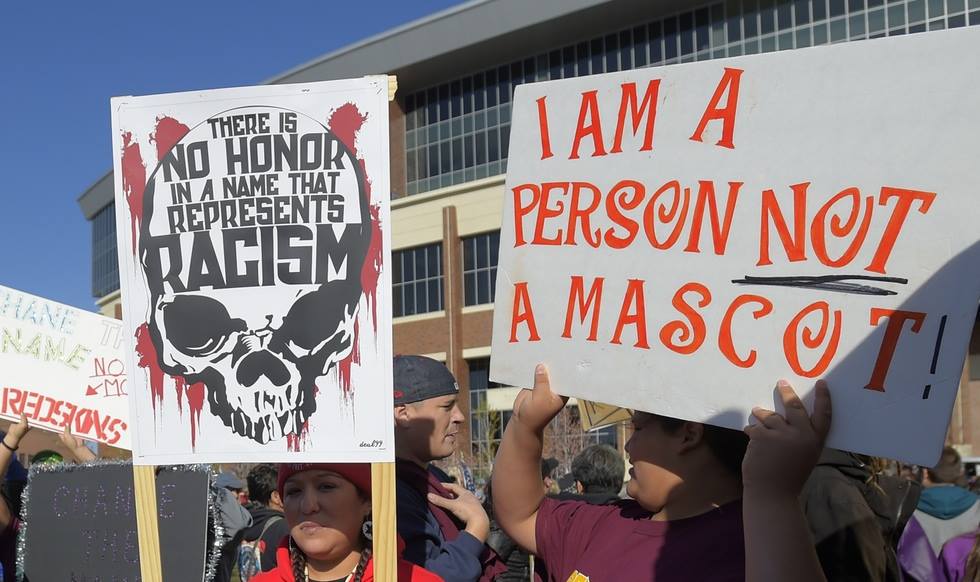
But researchers have found that staying away may not be the solution.
Images of Native Americans mascots result in harmful psychological effects, according to “The Harmful Psychological Effects of the Washington Football Mascot,” compiled by Michael A. Friedman, Ph.D.
“Not only do mascots have a direct effect on Native American self-esteem, mood, community confidence and sense of achievement, but they also perpetuate negative associations of and attitudes towards Native Americans among non-Native American groups,” according to Friedman’s research.
Parton said people should see the issue as more of a community-wide effort regarding mental health.
“To address the stereotype issue I would encourage all parents to understand what the use of a stereotype, in general, does to the psyche of the people that are exposed to it,” Parton said.
She said a suggestion would be to take away the race aspect and focus on the issue of mental health.
First-year student Austin Merkel said he supports the mascot change because it would be positive for the people that find it offensive and he would continue to support the team.
“I think it could be an opportunity to make the team more of something that everyone, including Native Americans who are offended by the name, could root for and rally around for,” he said.
Merkel said he hopes the team keeps the current colors and finds a new name such as the Redhawks because if implemented correctly the new name could create excitement around the franchise and lead to a potentially bigger, more passionate fan base.
Dr. Scott Langston, a professor of religion, who helped organize the film screening, said he hoped to bring more awareness to the obstacles the Standing Rock Sioux tribe face.
“Listen to native peoples,” Langston said. “Learn from them, follow their lead and respect their cultures that provide serious answers to many of the problems our society has today.”

